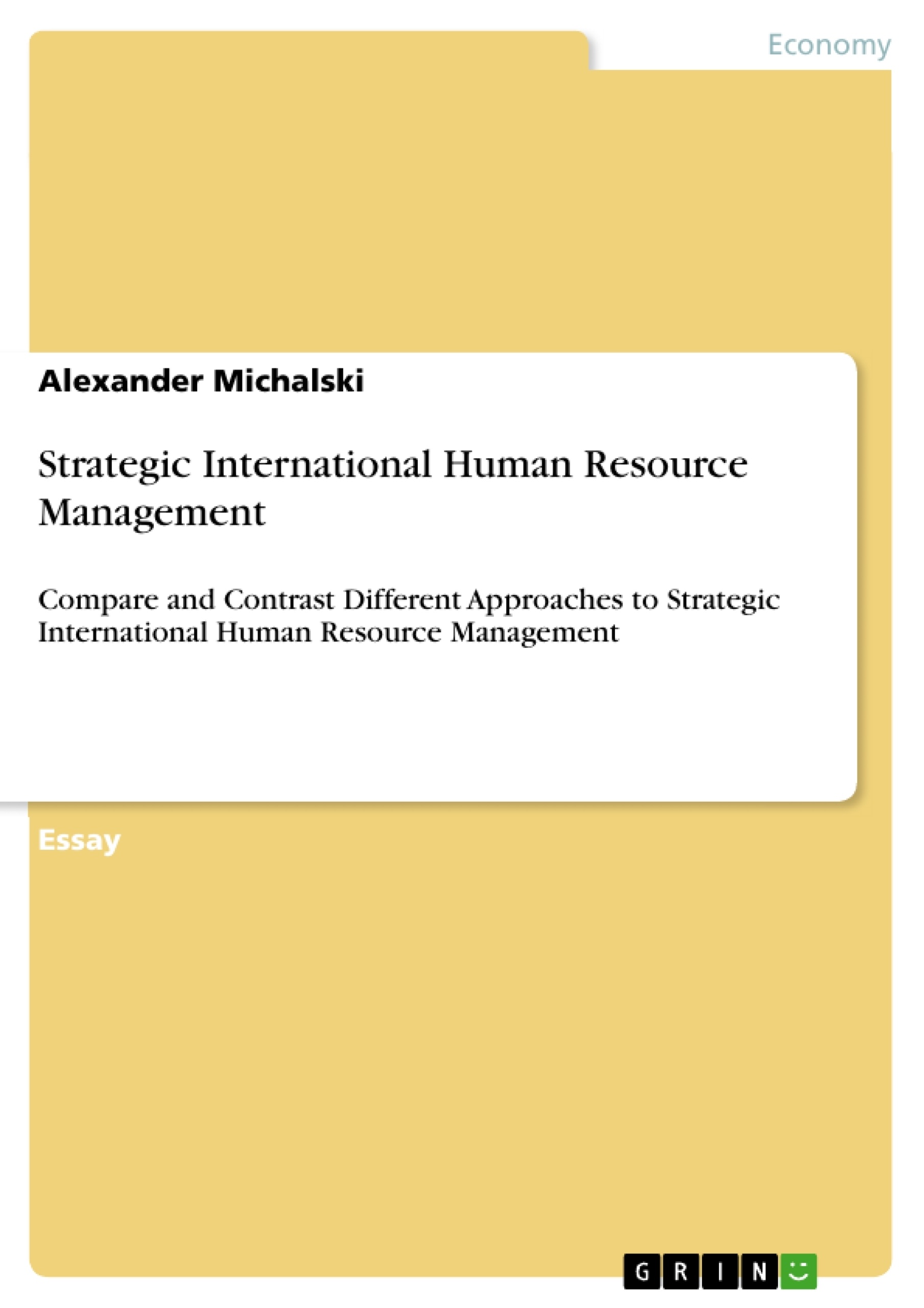Introduction
Designate a person a loser and he will behave like one. But why is it, that some managers are not aware of the severe consequences treating their employees like that? Is it because of a deficit in managing people within an opposed cultural working environment or is
it because of an inconvenient HRM strategy? Skinner, B. (1971) argued, that people are simply a product of the stimuli they get from the external world. Interestingly, negative reinforcement causes behavioral change in undesirable ways, whereas positive reinforcement causes rather intended change. General management is therefore not only accountable for defining such stimuli according the corporate strategy, but also its degree of involvement is a prerequisite for a successful HRM (Baron, J. & Kreps, D., 1999).
Strategic International Human Resource Management
Compare and Contrast Different Approaches to Strategic International Human Resource Management

Essay , 2011 , 11 Pages , Grade: 1,3
Autor:in: Alexander Michalski (Author)
Leadership and Human Resources - Miscellaneous
Excerpt & Details Look inside the ebook

